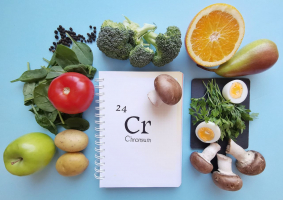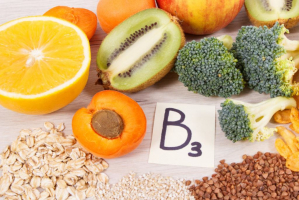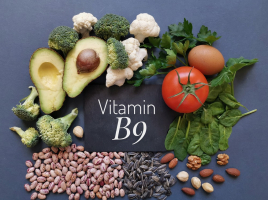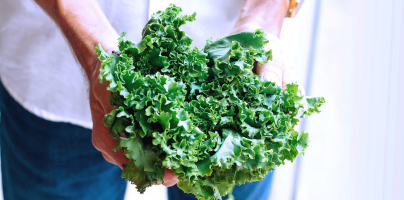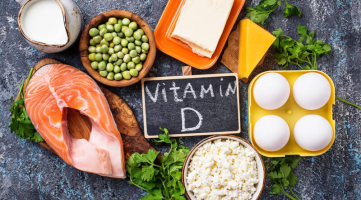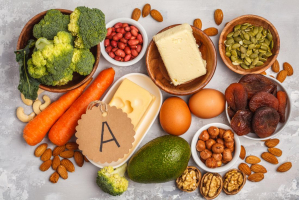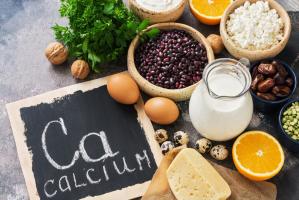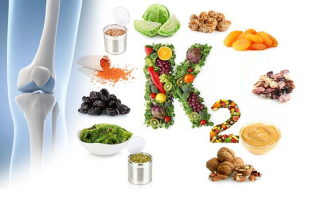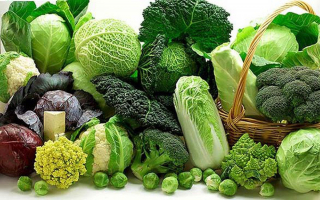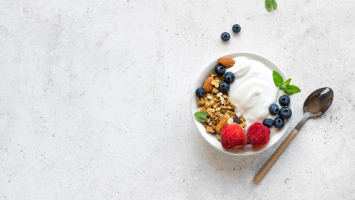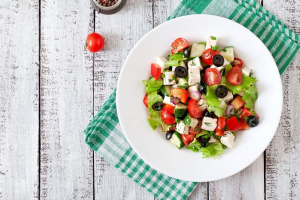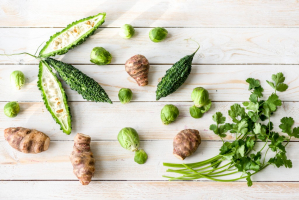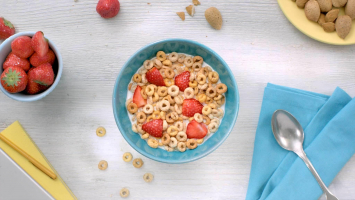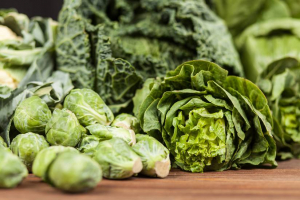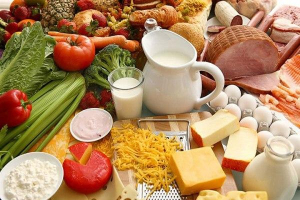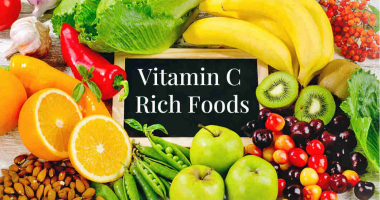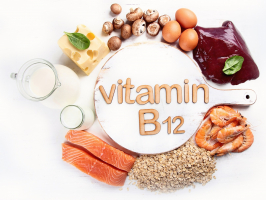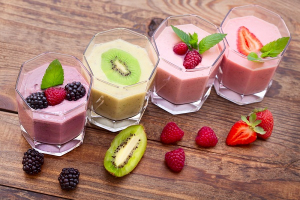Top 6 Foods That Are High in Lectins
Lectins are a type of protein that can be found in all forms of life, including food. Antinutrients are another name for them. According to animal research, ... read more...some lectins can impair the body's capacity to absorb nutrients. Lectins are hypothesized to have originated in plants as a natural defense, primarily as a poison that deters animals from eating them. They may give numerous health advantages to your body. Below are the best foods that are high in lectins.
-
Red kidney beans are one of the best plant-based protein sources. They are also a good source of carbohydrates with a low glycemic index. This means that their sugars are released more slowly into your bloodstream, resulting in a steady rise in blood sugar rather of a rapid surge. Furthermore, they are high in resistant starch and insoluble fiber, which can help with weight reduction and overall gut health. Red kidney beans are high in vitamins and minerals such as iron, potassium, folate, and vitamin K1. Raw kidney beans, on the other hand, are rich in phytohaemagglutinin, a lectin.
They can induce severe nausea, vomiting, and diarrhea if eaten uncooked or undercooked. A reaction can be elicited by as little as five beans. A hemagglutinating unit (hau) is a lectin content measurement. Red kidney beans contain 20,000-70,000 hau in their uncooked form. They contain just 200-400 hau after thorough cooking, which is considered a safe quantity. Red kidney beans are a vital and healthy dish that should not be overlooked when prepared properly.
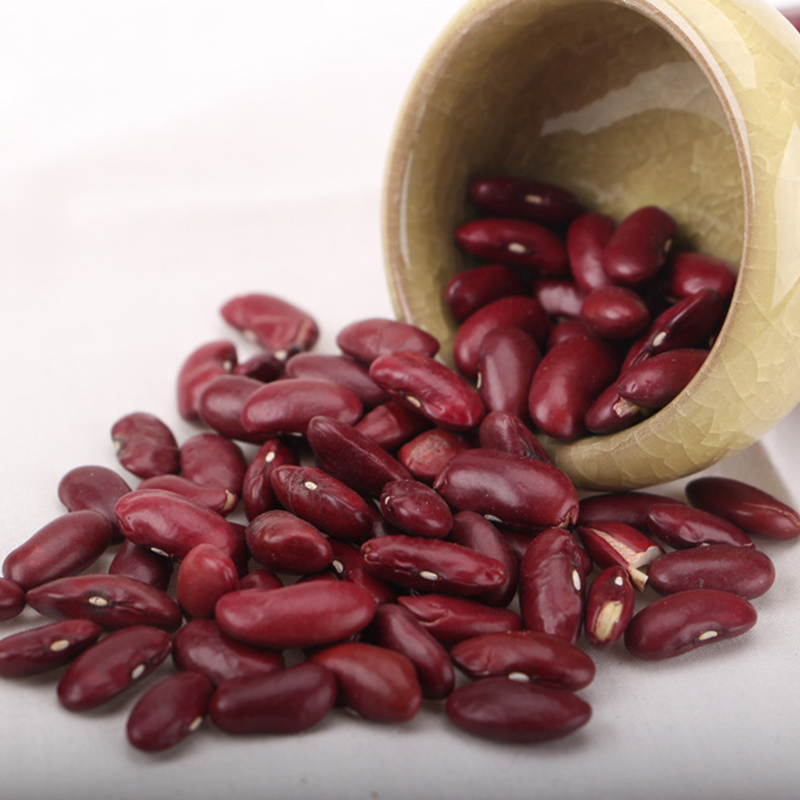
Red kidney beans 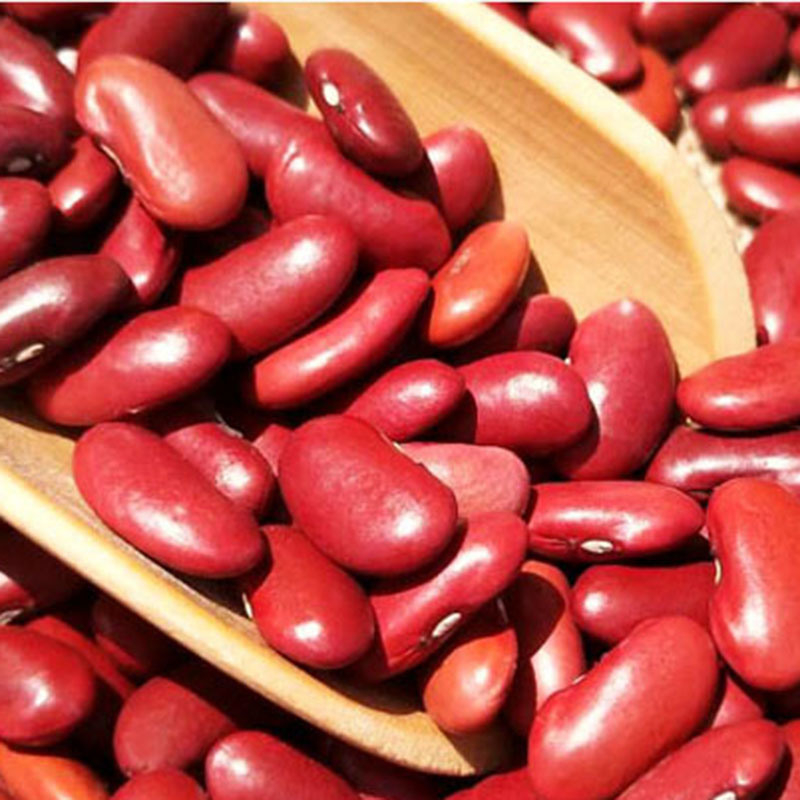
Red kidney beans -
Soybeans are an excellent source of protein. They include one of the finest quality plant-based proteins, making them very beneficial to vegetarians. They are high in vitamins and minerals, including molybdenum, copper, manganese, magnesium, and riboflavin. They also include isoflavones, which are plant substances associated with cancer protection and a lower risk of osteoporosis. According to research, soybeans can also help decrease cholesterol and minimize the risk of obesity and type 2 diabetes. Soybeans, on the other hand, are another food high in lectins.
Boiling soybeans, like cooking red kidney beans, essentially reduces their lectin content. However, make sure you cook them for an extended period of time at a high enough temperature. Soybean lectins are virtually entirely neutralized when boiling at 212°F (100°C) for at least 10 minutes, according to research. Dry or moist heating of soybeans at 158°F (70°C) for several hours, on the other hand, had little or no influence on their lectin concentration. Fermentation and sprouting, on the other hand, are both established techniques for decreasing lectins. According to one study, fermenting soybeans lowered the lectin level by 95%. Another research discovered that sprouting reduced lectin concentration by 59%.
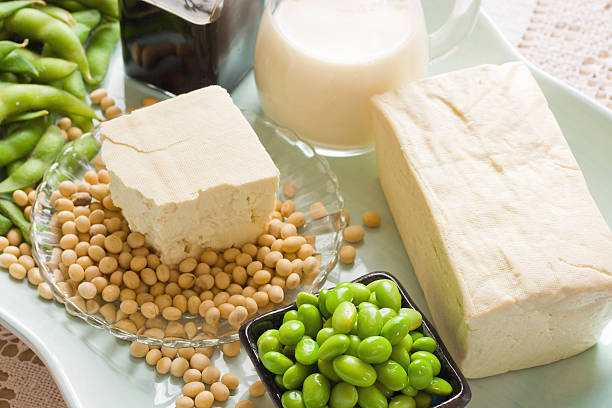
Soybeans 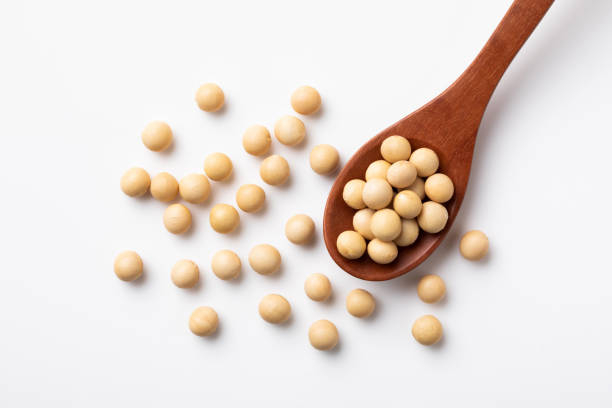
Soybeans -
Wheat is the primary food source for 35% of the world's population. Refined wheat products have a high glycemic index (GI), which means they might trigger blood sugar spikes. They've also been depleted of almost all nutrition. Whole wheat has a comparable GI, but it has more fiber, which can help with digestive health. Some people are gluten intolerant, which refers to a group of proteins present in wheat. Whole wheat, on the other hand, maybe a wonderful source of several vitamins and minerals, including selenium, copper, and folate, provided you tolerate it. Whole wheat includes antioxidants such as ferulic acid, which has been linked to a decreased risk of heart disease.
Raw wheat, particularly wheat germ, is rich in lectins, containing around 300 mcg of wheat lectins per gram. Cooking and processing, on the other hand, appear to nearly eradicate lectins. Whole-wheat flour has a substantially lower lectin level than raw wheat germ, at roughly 30 mcg per gram. Even at temperatures as low as 149°F (65°C), cooking whole-wheat pasta appears to totally inactivate the lectins. Lectins are undetectable in cooked pasta. Furthermore, studies reveal that store-bought whole-wheat pasta has no lectins at all, owing to heat treatments used during manufacture. Because most whole-wheat items are cooked, lectins are unlikely to be a serious issue.
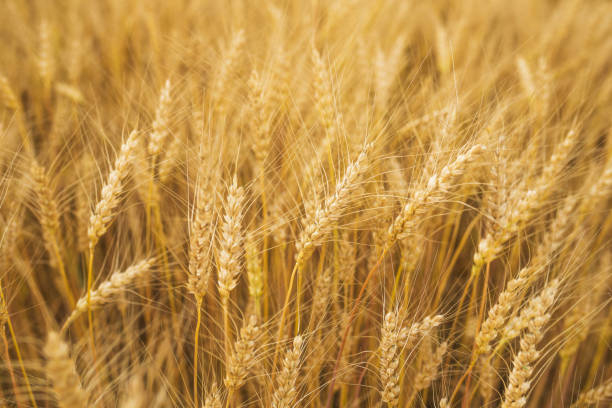
Wheat 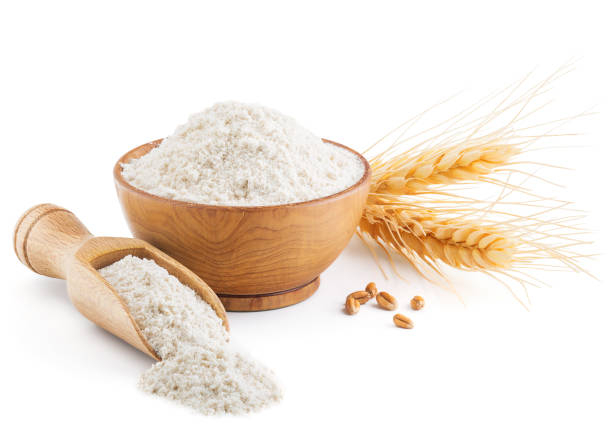
Wheat -
Peanuts are a kind of legume, like beans and lentils. They are rich in mono- and polyunsaturated fats and provide a lot of energy. They also include a lot of protein and a variety of vitamins and minerals including biotin, vitamin E, and thiamine. Peanuts are also high in antioxidants and have been linked to a lower incidence of heart disease and gallstones. Unlike some of the other items on this list, cooking does not appear to lower the lectins in peanuts. The research discovered that lectins were identified in individuals' blood after eating 7 ounces (200 grams) of either raw or roasted peanuts, indicating that they had passed over from the stomach.
In one test-tube study, peanut lectins increased the growth of cancer cells. This, together with evidence that peanut lectins may reach circulation, has led some to assume that lectins may promote the spread of cancer in the body. The aforementioned test-tube investigation, on the other hand, used large concentrations of pure lectins applied directly onto cancer cells. There has been no research into their specific effects on people. So far, the data supporting peanuts' health benefits and function in cancer prevention outweighs any evidence of possible damage.
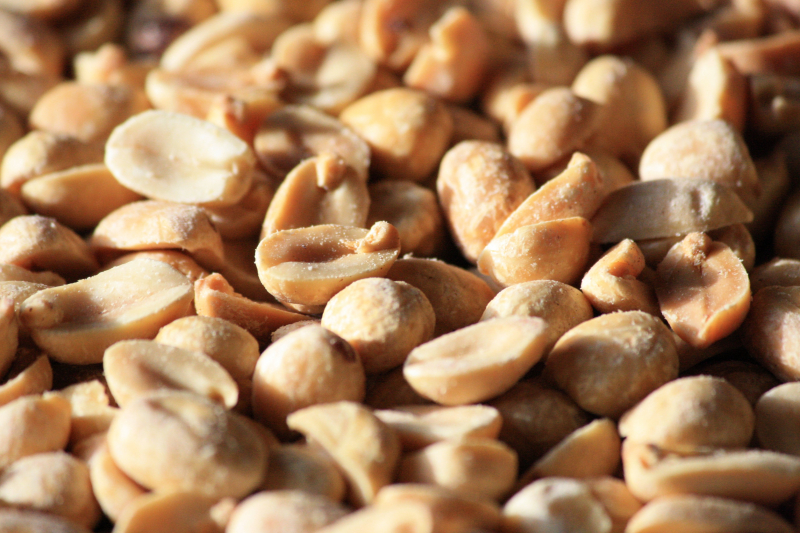
Peanuts 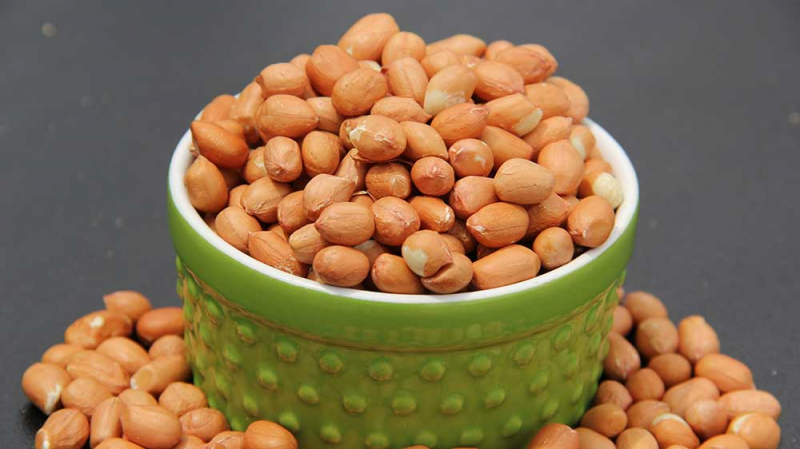
Peanuts -
Tomatoes, along with potatoes, eggplants, and bell peppers, are members of the nightshade family. Tomatoes are abundant in fiber and vitamin C, with one tomato supplying around 20% of the recommended amount. They're also high in potassium, folate, and vitamin K1. Lycopene, an antioxidant, is one of the most researched chemicals in tomatoes. It has been demonstrated in tests to decrease inflammation and heart disease, and it may even protect against cancer. Tomatoes contain lectins as well, yet there is no indication that they have any detrimental impact on people. The existing research has been done on animals or in test tubes.
Tomato lectins were discovered to bind to the gut wall in one investigation of rats, although they did not appear to cause any harm. Another study in mice reveals that after eating tomatoes, lectins pass the stomach and reach circulation. Some people do seem to respond to tomatoes, however, this is more likely due to pollen food allergy syndrome or oral allergy syndrome. Some individuals believe that tomatoes and other nightshade foods cause inflammation, such as arthritis. So far, no official research has shown this connection. Lectins have been related to rheumatoid arthritis, but only in people who have the disease-causing gene.
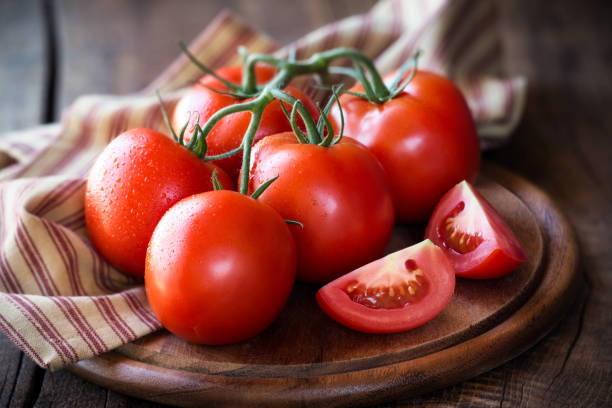
Tomatoes 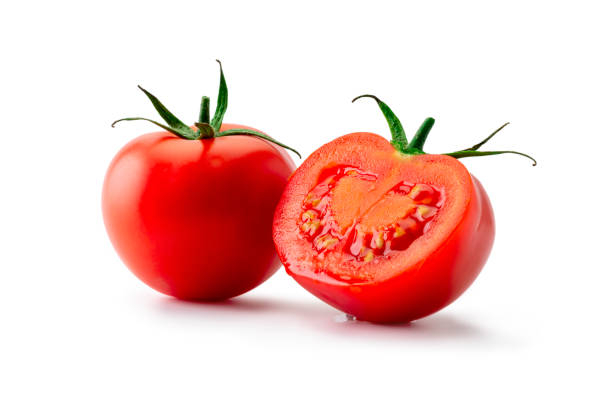
Tomatoes -
Potatoes are also more satiating than many other typical meals, which can help with weight reduction. However, it is critical to evaluate how they are prepared. As with tomatoes, some people report having negative reactions to potatoes. This has been connected to lectins in animal and test-tube research. More human research, however, is required. Potatoes have no negative impact on the majority of people. In fact, one study discovered that some potato cultivars were associated with a decrease in inflammation.
Potatoes are also more satiating than many other typical meals, which can help with weight reduction. However, it is critical to evaluate how they are prepared. As with tomatoes, some people report having negative reactions to potatoes. This has been connected to lectins in animal and test-tube research. More human research, however, is required. Potatoes have no negative impact on the majority of people. In fact, one study discovered that some potato cultivars were associated with a decrease in inflammation.
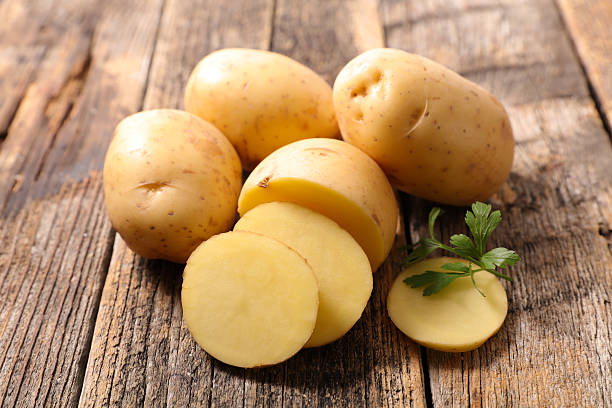
Potatoes 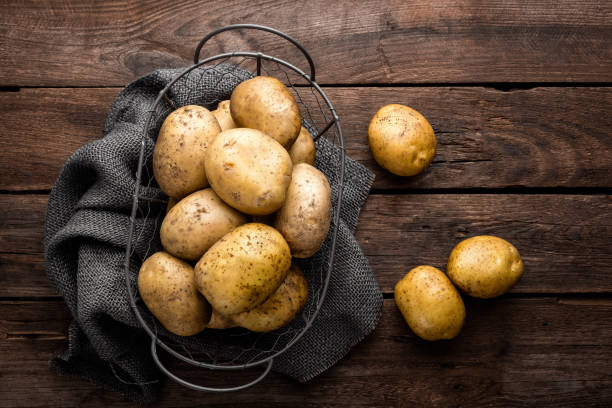
Potatoes








